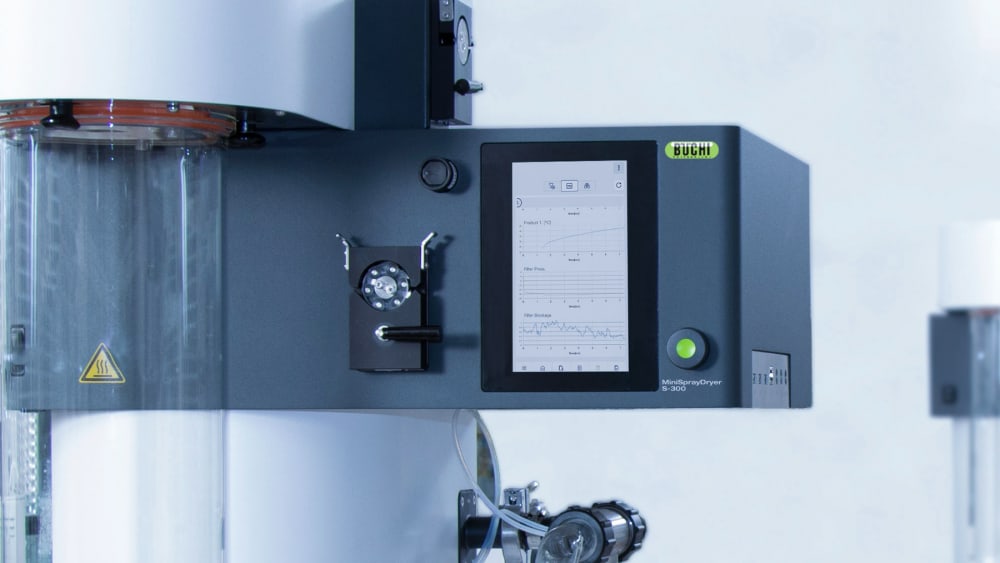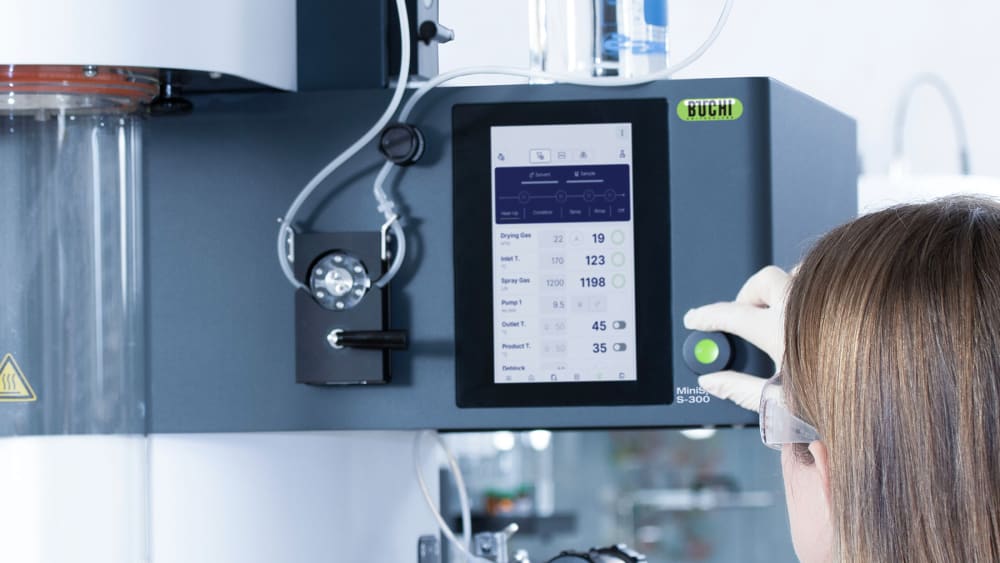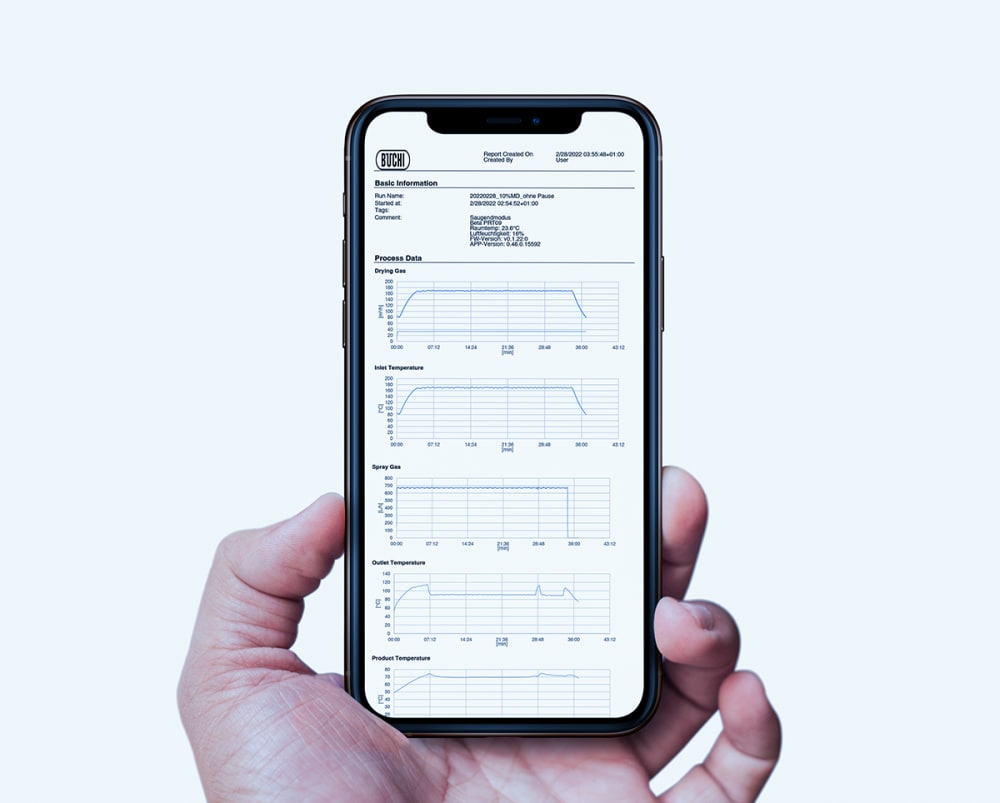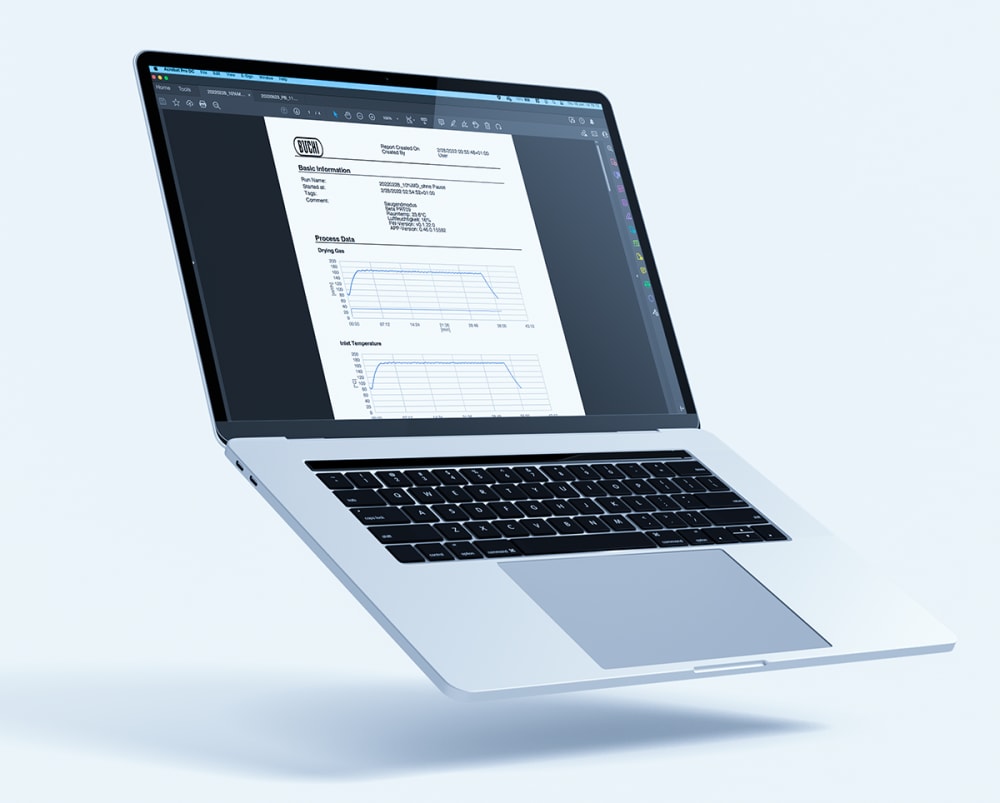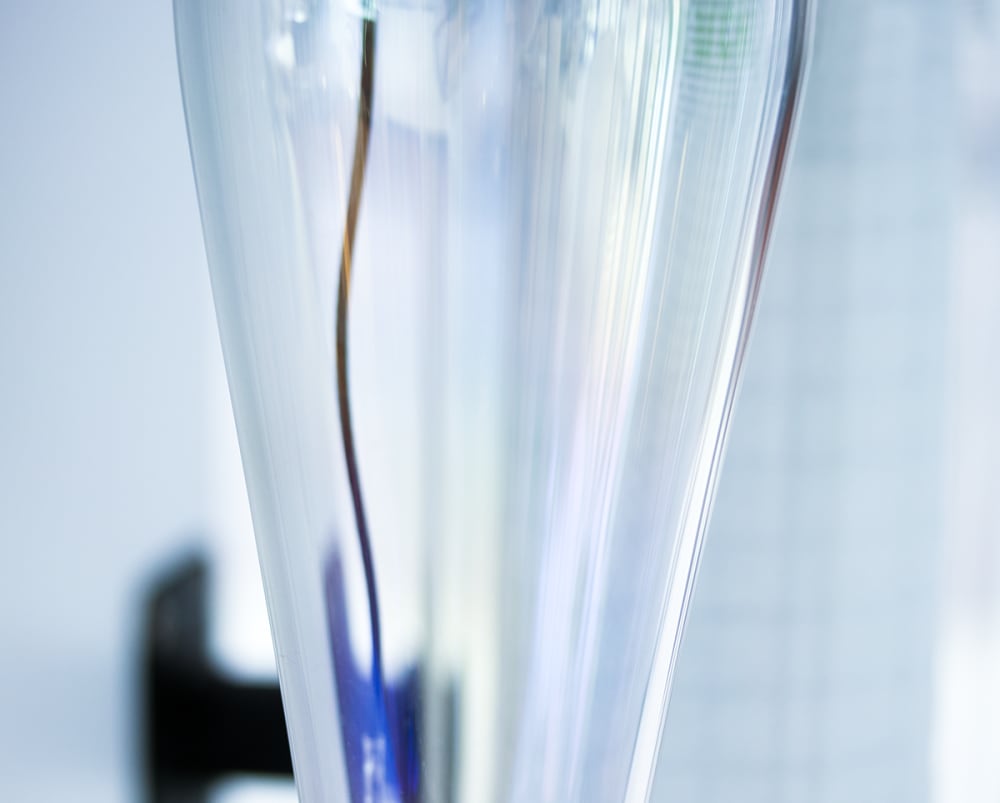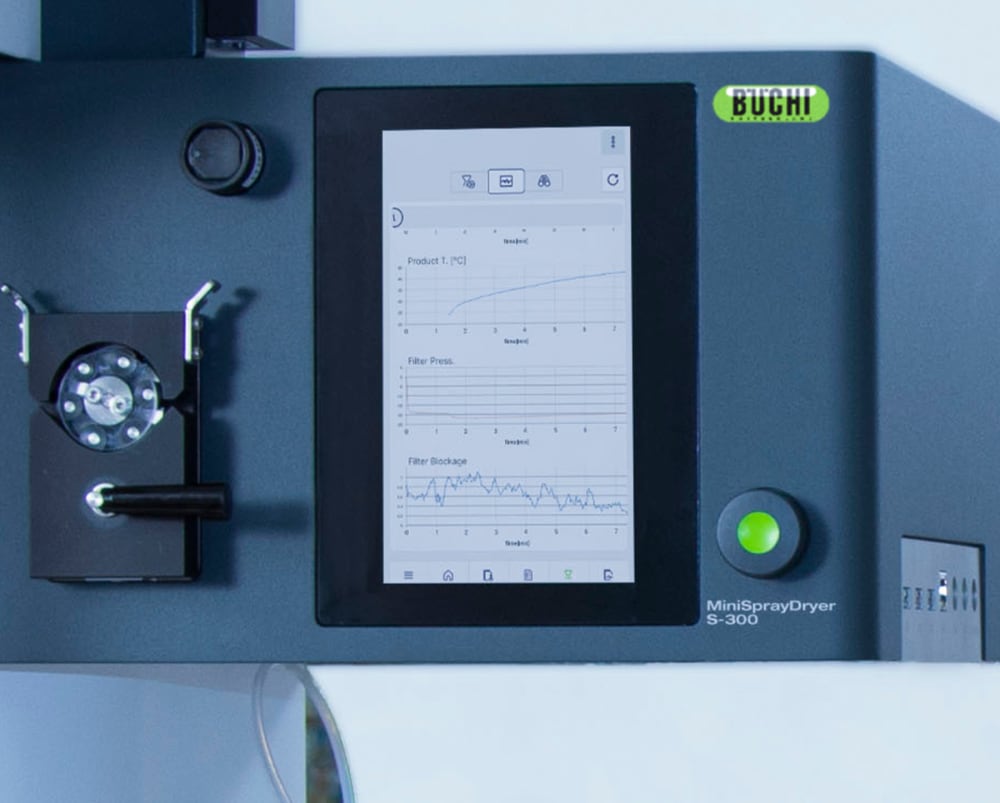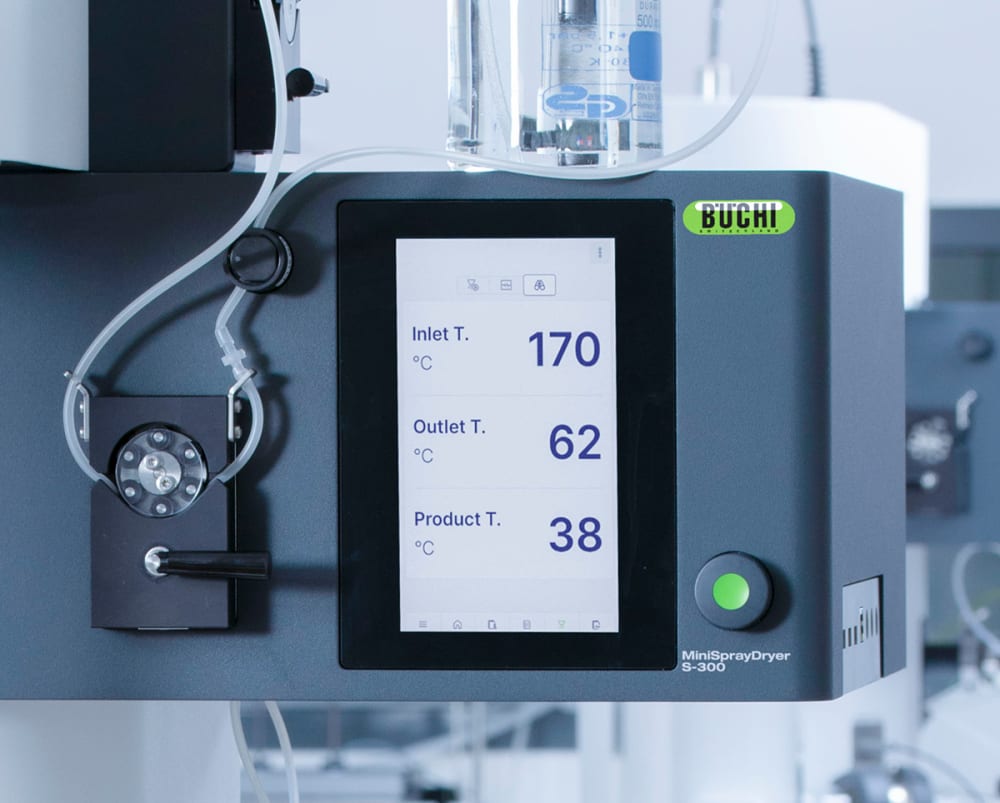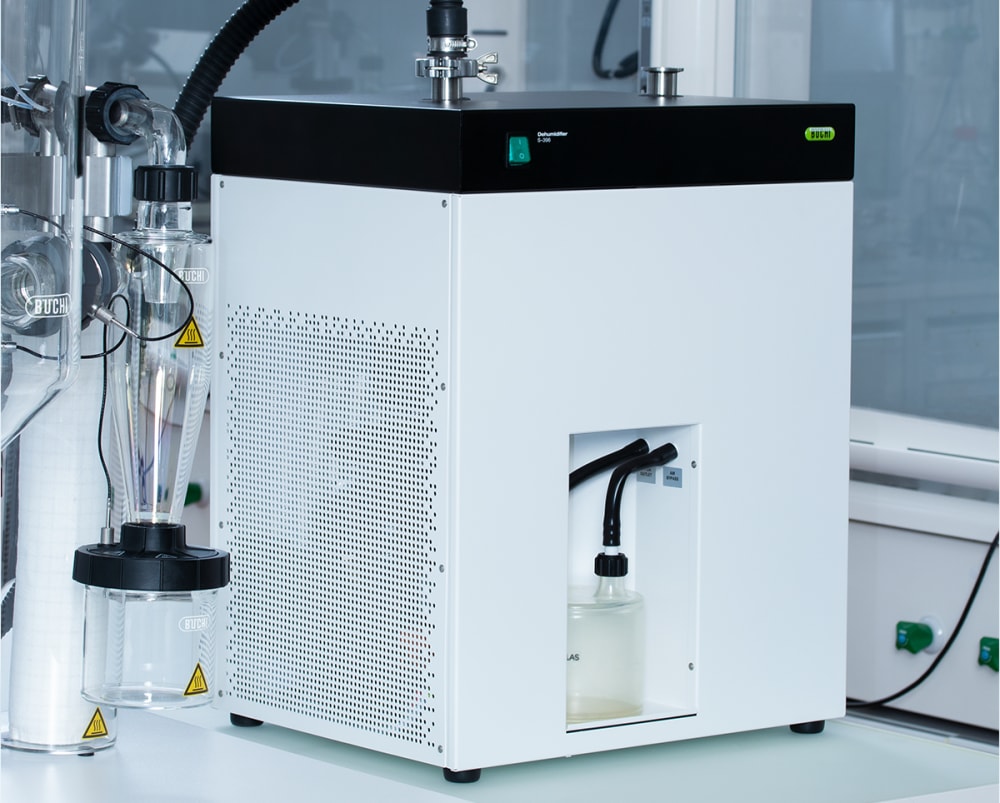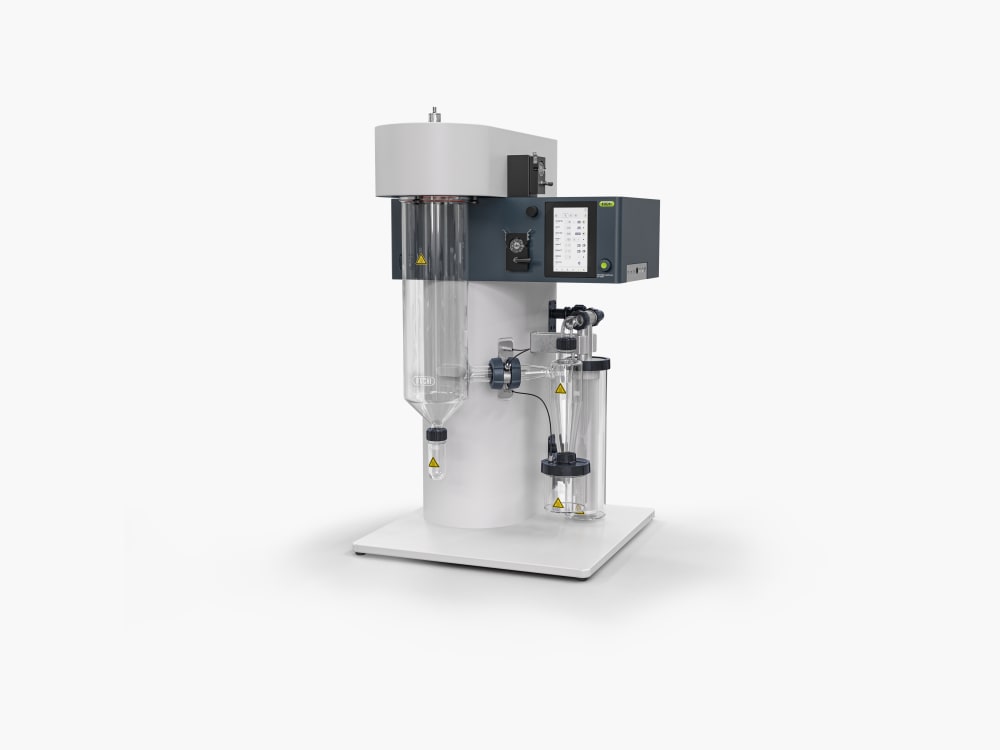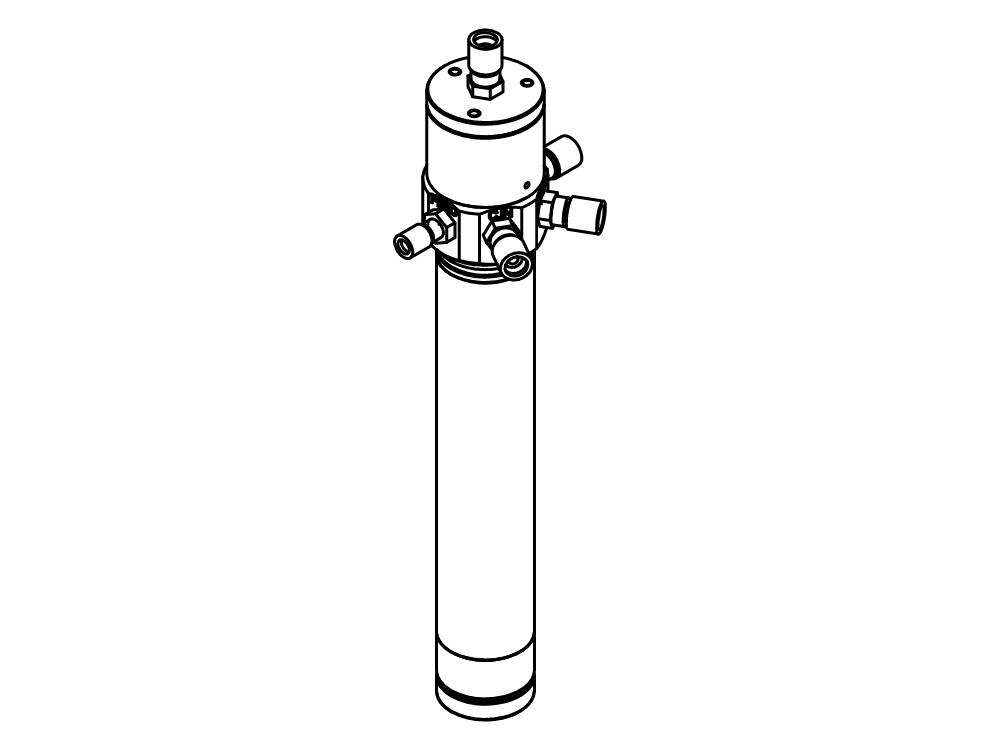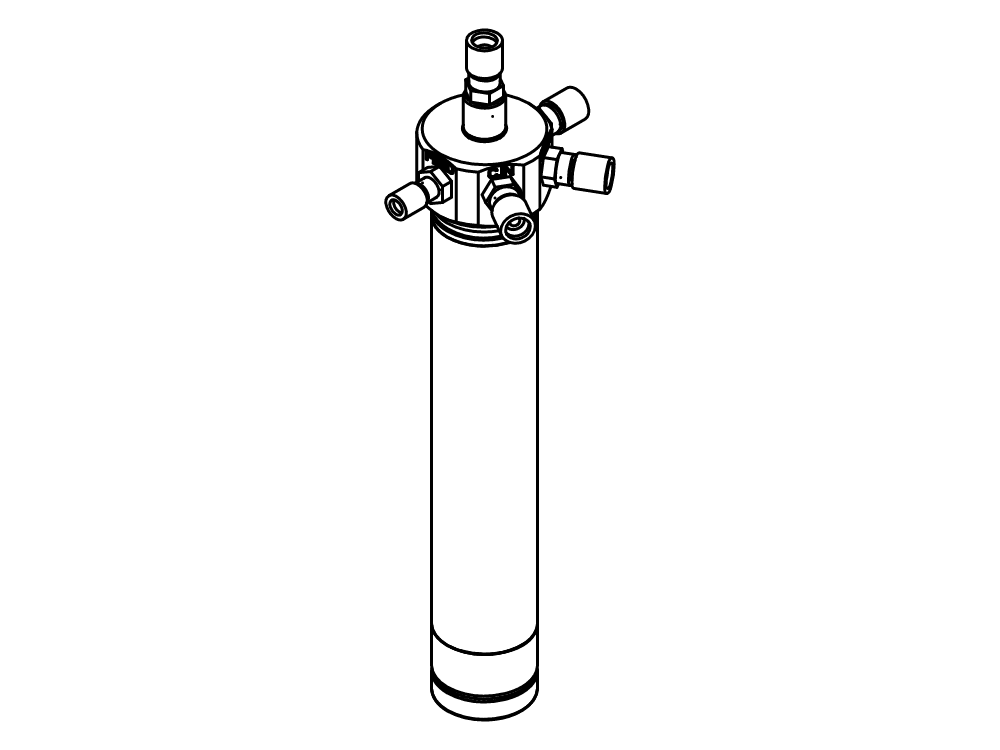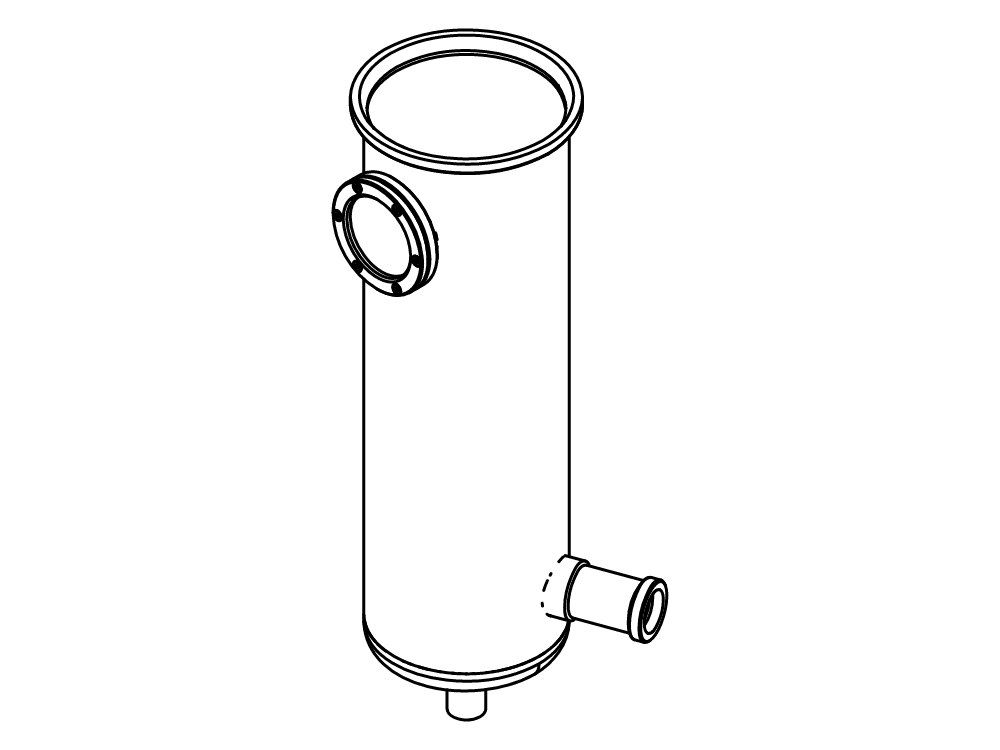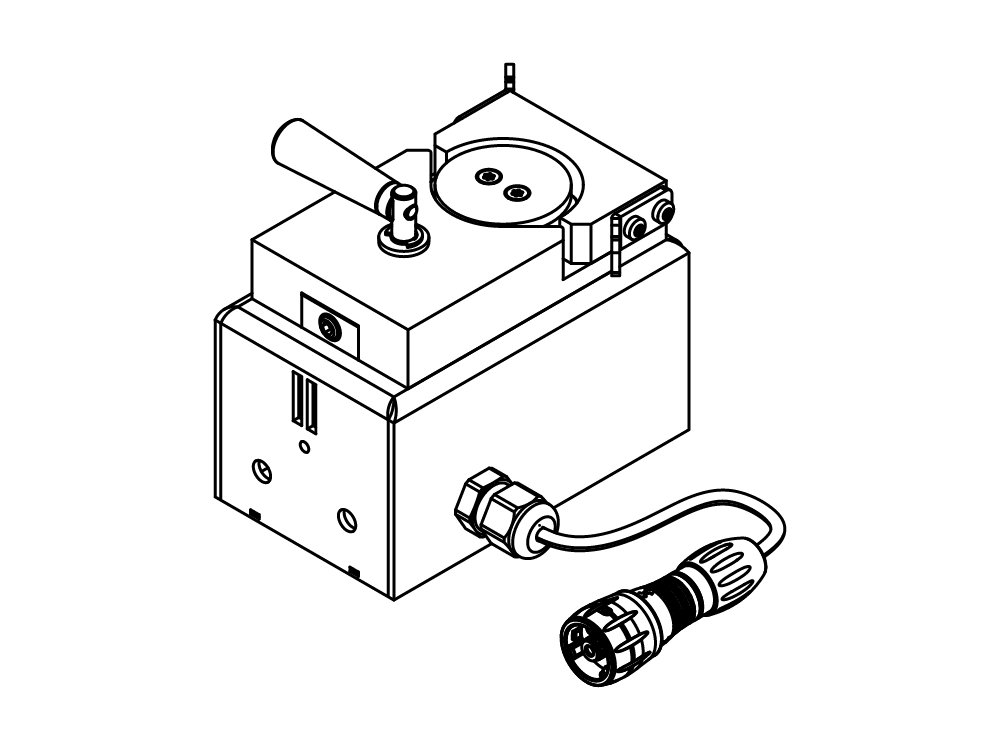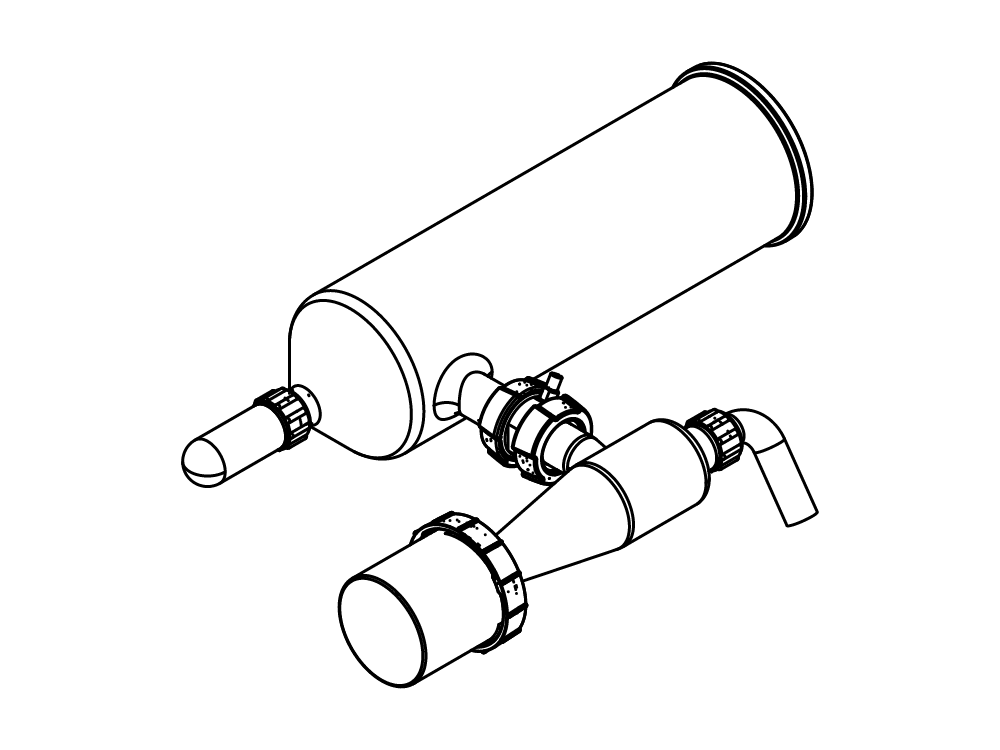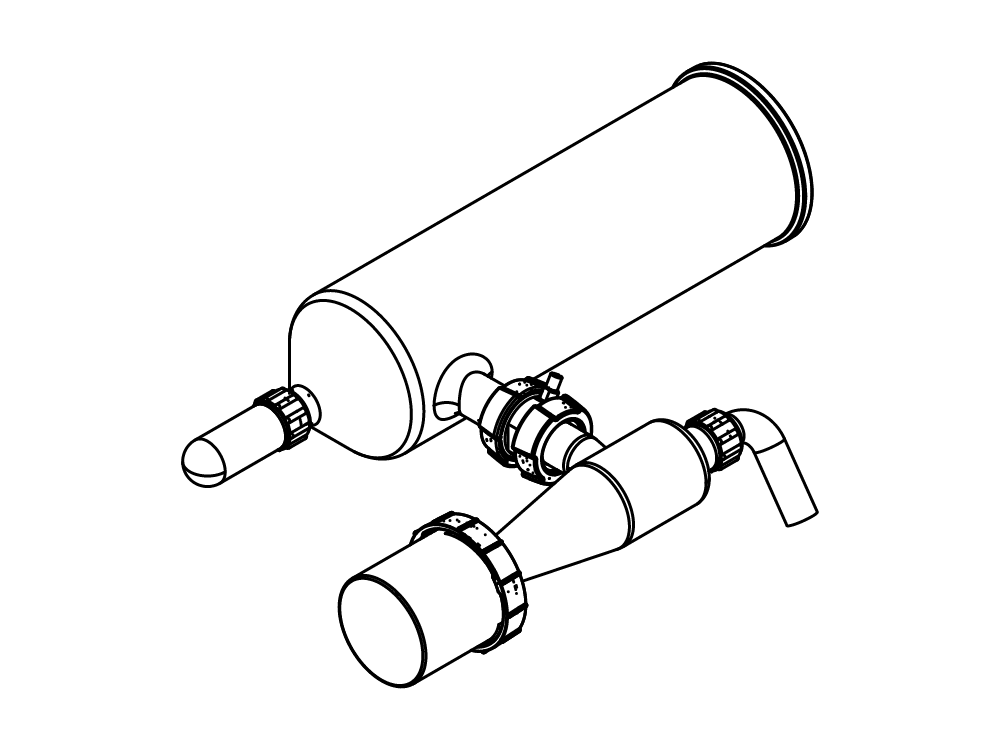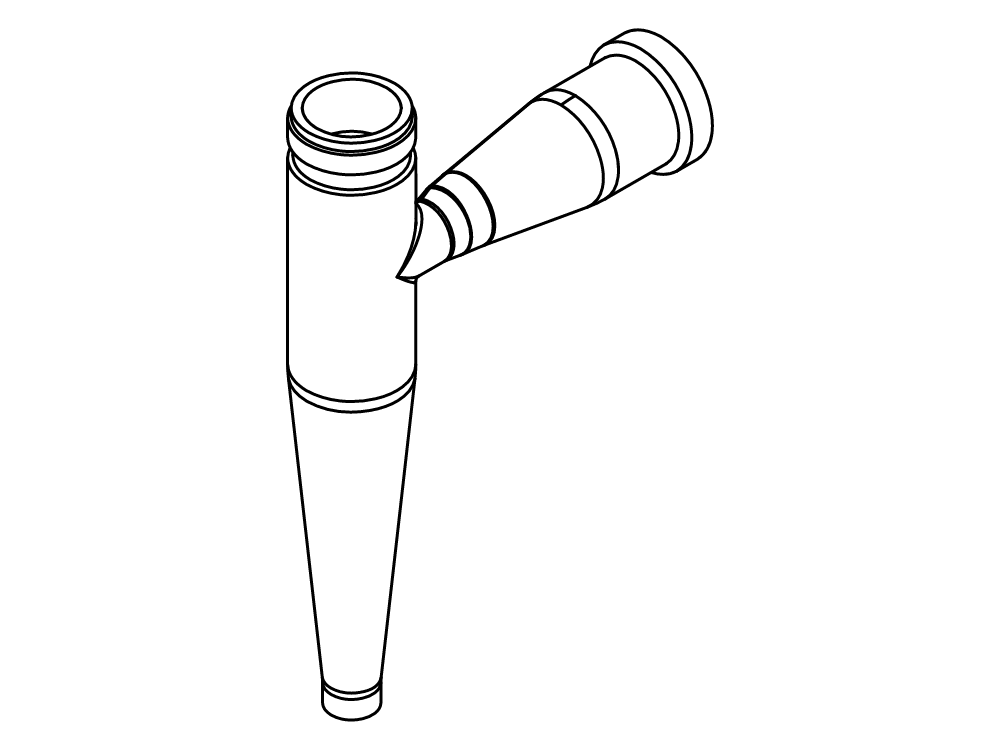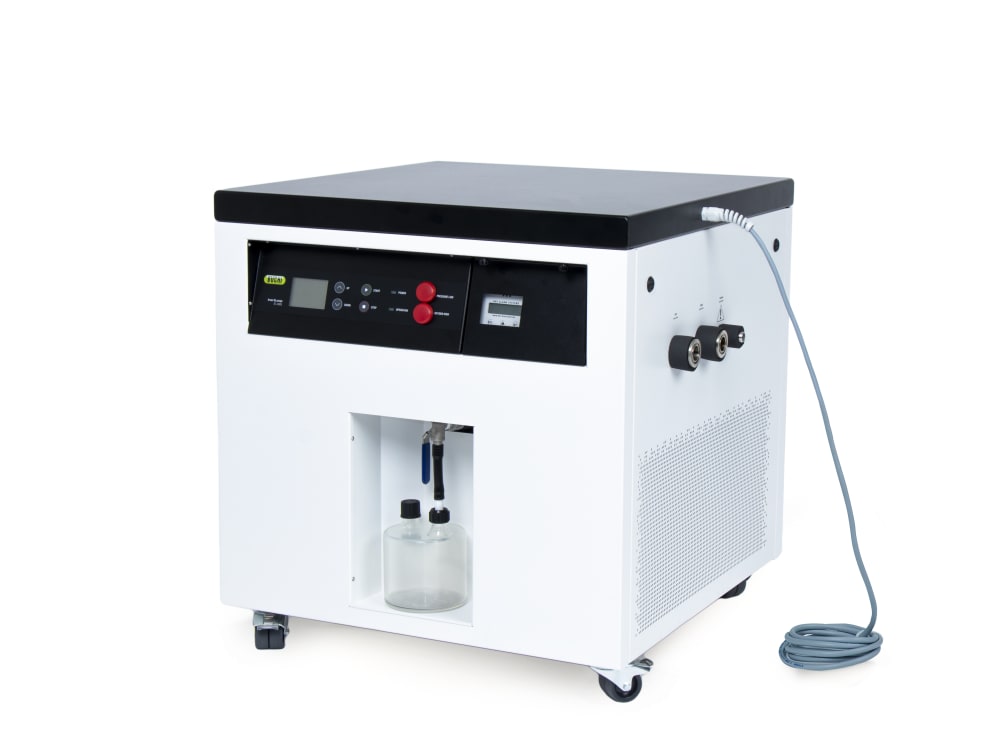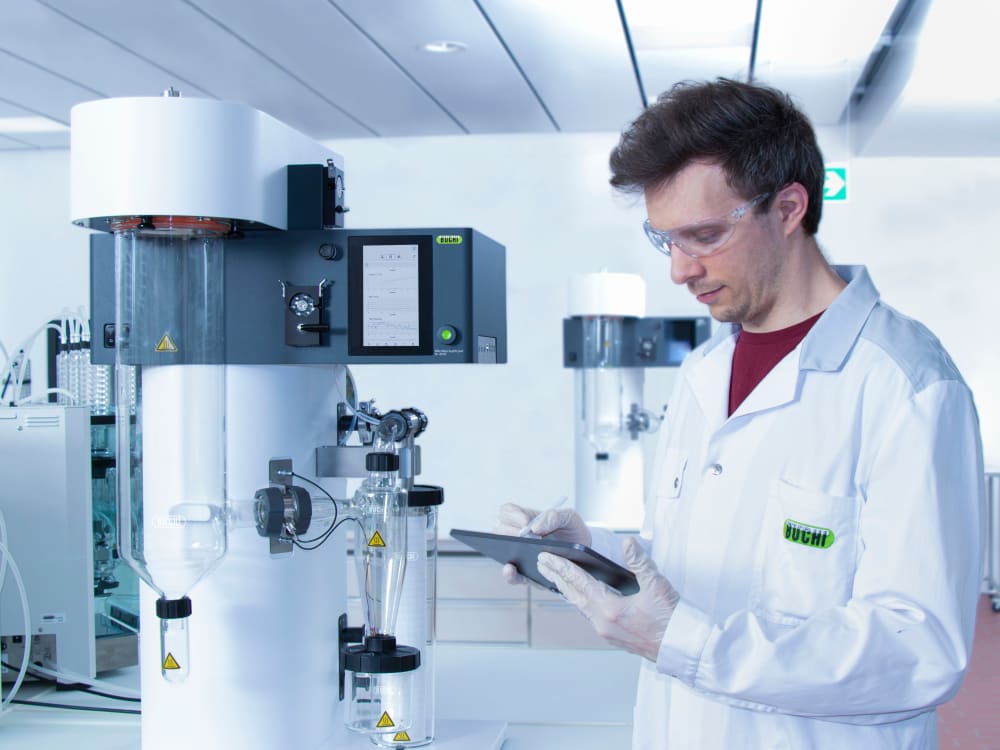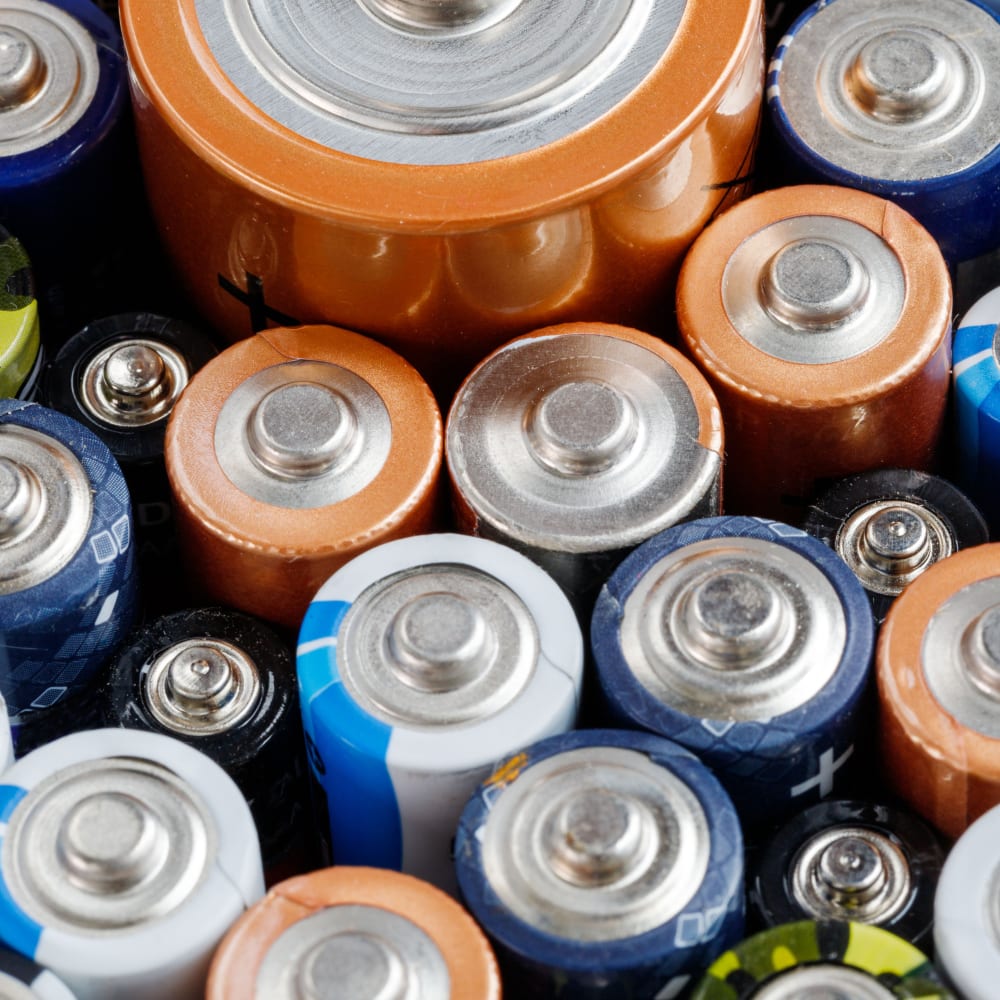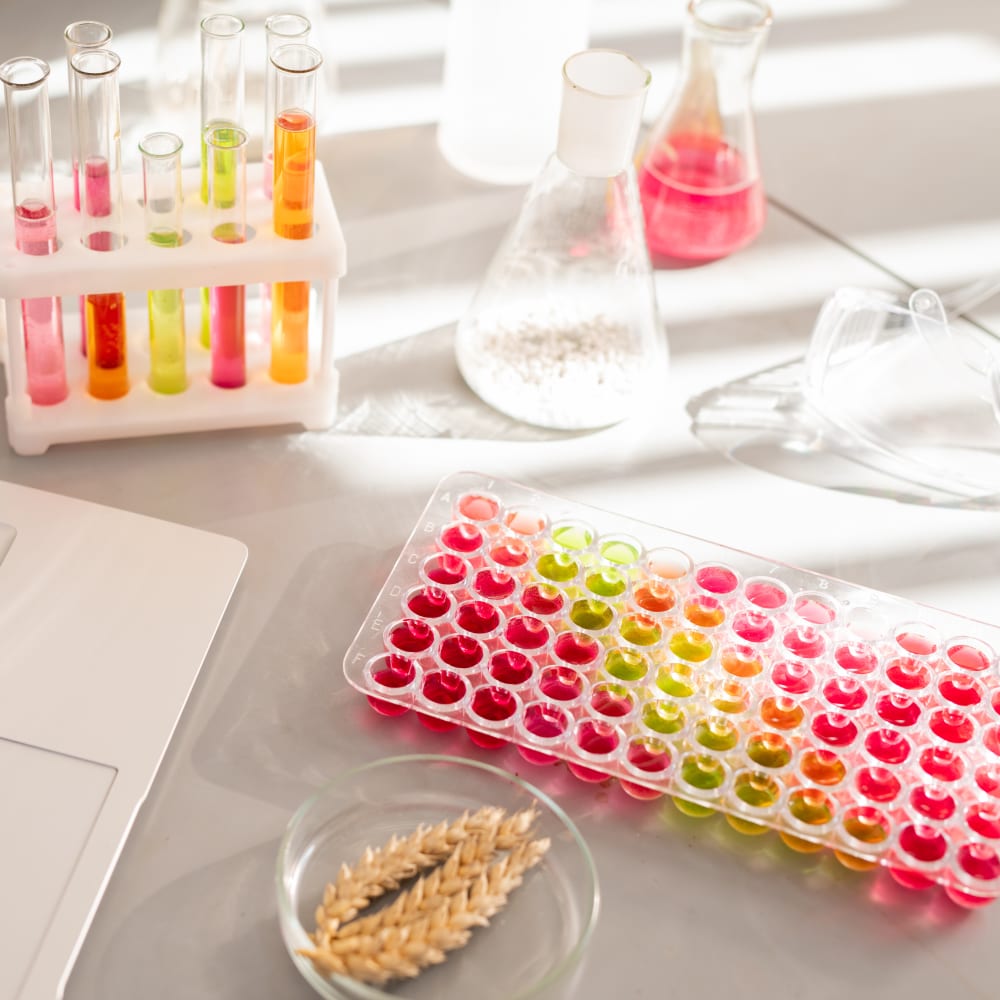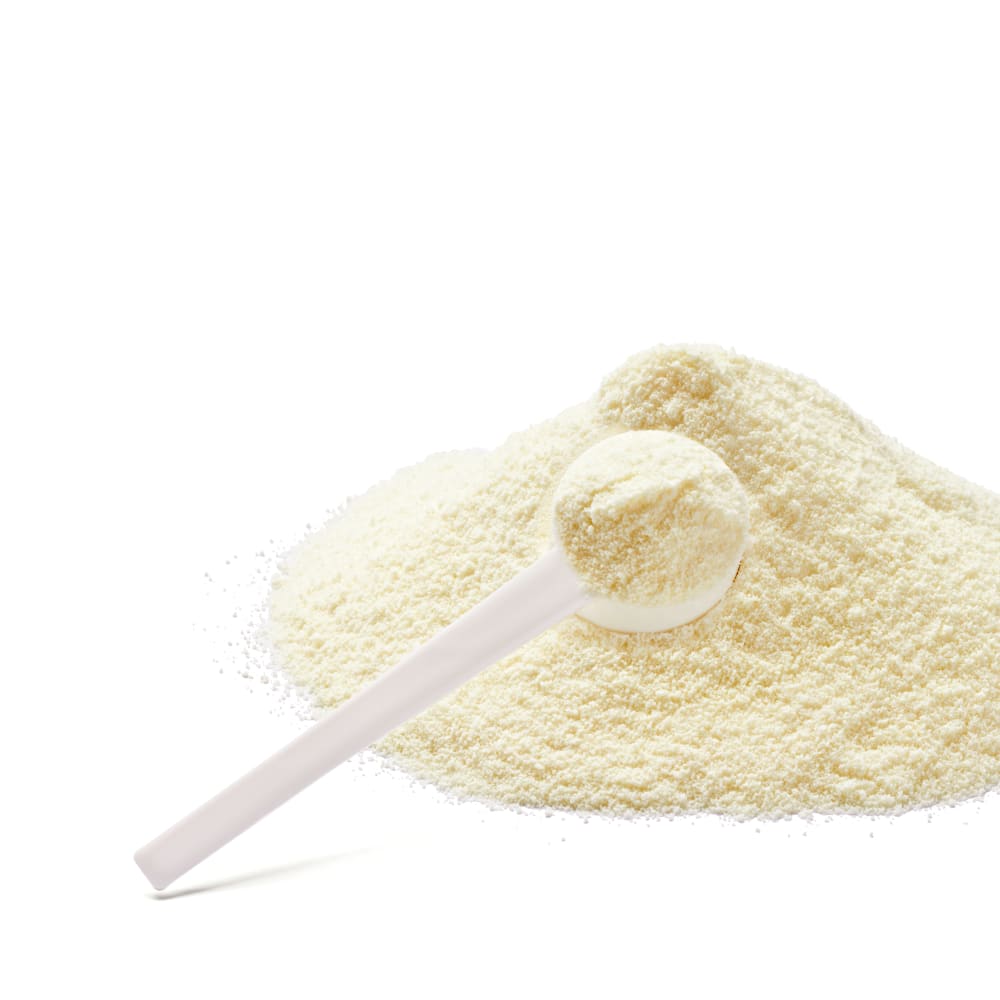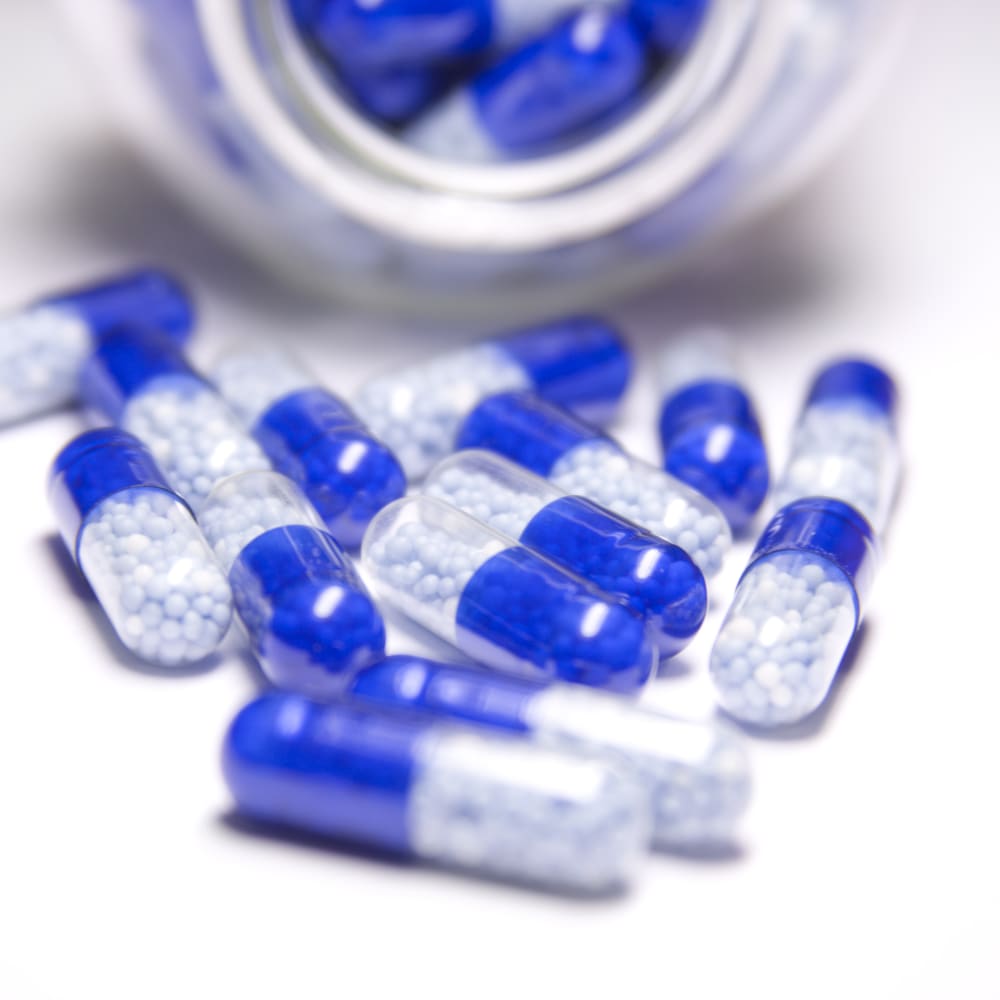Mini Spray Dryer S-300
Lo spray dryer da laboratorio di nuova generazione
Con l'introduzione di Mini spray Dryer S-300, BUCHI consolida la propria posizione di leader sul mercato globale da oltre 40 anni. Lo spray dryer da laboratorio combina un design eccezionale del prodotto con funzionalità dello strumento uniche per offrire all'utilizzatore un'esperienza straordinaria.

Caratteristiche
- È possibile controllare o monitorare il Mini Spray Dryer S-300 da qualsiasi luogo e in qualsiasi momento. Infatti l'app, installabile su qualsiasi dispositivo mobile o computer, garantisce l'accesso completo all'intera interfaccia utente dello spray dryer da laboratorio. Le opzioni di controllo da remoto favoriscono una gestione flessibile del tempo e permettono di reagire rapidamente alle fluttuazioni dei processi.
- Con oltre 40 anni di esperienza nello spray drying su scala di laboratorio, BUCHI ha accumulato un grande know-how applicativo. Sono migliaia le pubblicazioni a supporto sugli spray dryer BUCHI, disponibili per consultazione nelle biblioteche scientifiche oppure sul nostro database online delle diverse applicazioni spray drying. Grazie a Mini Spray Dryer S-300 è possibile riprodurre i risultati ottenuti con i modelli precedenti di spray dryer da laboratorio BUCHI. Nessuna delle attività precedenti verrà persa grazie ad un trasferimento rapido e senza interruzioni al nuovo strumento.
- La modalità automatica consente di programmare il Mini Spray Dryer S-300 Advanced e di eseguire automaticamente il metodo. Lo spray dryer da laboratorio si riscalda, condiziona la temperatura di uscita, spruzza il solvente puro, spruzza il campione, spruzza nuovamente il solvente e si spegne dopo che il campione è stato processato. La modalità automatica migliora l'efficienza in termini di tempo del processo, in particolare durante le attività ripetitive.
- È possibile ridurre la perdita del campione durante lo spray drying in laboratorio grazie a un ciclone con un rivestimento conduttivo in grado di ridurre la capacità del campione di aderire alle pareti.
- Inoltre, è possibile risparmiare tempo ed evitare problemi salvando i cicli come metodi per poterli ripetere in futuro. È anche possibile programmare una coda di campioni da analizzare uno dopo l'altro sul Mini Spray Dryer S-300 per una maggiore comodità.
- Tutti i cicli eseguiti sul Mini Spray Dryer S-300 vengono registrati e salvati sullo strumento. Con la semplice pressione di un pulsante, è possibile generare facilmente un report PDF o un file .csv con i dati del processo.
- Per offrire maggiori informazioni sulle influenze termiche sul campione, il Mini Spray Dryer S-300 consente di monitorare sia la temperatura di uscita sia la temperatura del prodotto finale. Tali informazioni sono utili per proteggere meglio i campioni, in particolare durante lo spray drying di campioni sensibili al calore.
- Tutti i parametri del Mini Spray Dryer S-300, come gas di atomizzazione, gas di essiccamento e velocità della pompa, vengono espressi in valori SI e sono regolati automaticamente dal sistema. Tali caratteristiche consentono di ottimizzare la riproducibilità del processo.
- In combinazione con Inert Loop S-395, il Mini Spray Dryer S-300 consente la manipolazione sicura dei campioni contenenti solventi organici. Il gas di essiccamento a base di azoto viene fatto circolare e il solvente viene raccolto come condensa. Per la sicurezza dei nostri clienti, vengono costantemente monitorati il livello di ossigeno e il flusso di gas nel sistema.
Compare the Mini Spray Dryer S-300
Parti & Accessori correlati
Downloads
- Technical Data Sheet Mini Spray Dryer S-300(pdf)
- Product Brochure Mini Spray Dryer S-300 en(pdf)
- Product Brochure Pharma and Chemistry en(pdf)
- Operation Manual Mini Spray Dryer S-300 en(pdf)
- Installation Manual Mini Spray Dryer S-300 in closed mode with Inert Loop(pdf)
- Installation Manual Mini Spray Dryer S-300 in closed mode with Dehumidifier and Inert Loop(pdf)
- Installation Manual Mini Spray Dryer S-300 in open suction mode(pdf)
- Installation Manual Mini Spray Dryer S-300 in open pressure mode(pdf)
- Configuration guide S-300(pdf)
- Pre-Installation Checklist Mini Spray Dryer S-300(pdf)
Strumenti correlati
Corsi & Formazione correlati
Applicazioni
Flessibilità impareggiabile per una gamma completa di applicazioni
Batteries
Laboratory-scale spray drying is a valuable technique in battery research for the fabrication of electrode materials. It enables precise control over particle size and morphology, resulting in electrodes with optimized electrochemical performance. Spray drying allows for the production of fine and uniform particles, contributing to the development of high-performance batteries. This method facilitates the development of electrode materials with enhanced properties, such as improved conductivity and electrochemical stability. By employing laboratory-scale spray drying in battery research, scientists can advance energy storage technologies and develop more efficient and reliable batteries for various applications.
Biotech
Applications: Cells, bacteria and protein encapsulation, cell transplantation, biotransformation Methods: Drying, encapsulation of liquids, Encapsulation of solids, Micronization, Cell encapsulation Instruments used: Mini Spray Dryer S-300, Nano Spray Dryer B-90, Encapsulator B-390 / B-395, Lyovapor L-200 / L-300
Chemicals / Materials
Laboratory-scale spray drying is a versatile and efficient method for producing a wide range of materials in the chemicals and materials science field. In recent years, notable trends have emerged, including the application of spray drying for nano materials, paints and coatings, and catalysts. One trend is the use of laboratory-scale spray drying in the synthesis of nano materials. This technique enables the production of nanoparticles and nanostructured materials with controlled size, morphology, and composition. By tailoring these properties, researchers can develop advanced materials with improved mechanical strength, enhanced conductivity, and tailored surface functionalities. Spray drying also finds application in the production of paints and coatings. By producing fine and uniform particles, spray drying contributes to the desired properties of coatings, such as improved color, durability, and film formation. This trend leads to the development of high-quality coatings with enhanced performance and functionality. Furthermore, laboratory-scale spray drying plays a role in the development of catalysts. By controlling particle size, composition, and surface area, spray drying allows for the design and optimization of catalysts for efficient chemical transformations and environmental applications. In summary, laboratory-scale spray drying in the chemicals and materials science field is witnessing trends in nano materials, paints and coatings, and catalysts. These trends contribute to the development of advanced materials, high-performance coatings, and efficient catalysts, driving innovation in various industries.
Cosmetics
Applications: Cosmetics, fragrances Methods: Drying, encapsulation of liquids, Encapsulation of solids, Micronization Instruments used: Mini Spray Dryer S-300, Encapsulator B-390 / B-395, Lyovapor L-200 / L-300
Food
Applications: Encapsulation of additives, controlled release, nutraceuticals, functional foods, flavors, vitamins, proteins, probiotic bacteria, juice concentrate, milk powder Methods: Drying, encapsulation of liquids, Encapsulation of solids, Micronization Instruments used: Mini Spray Dryer S-300, Encapsulator B-390 / B-395, Lyovapor L-200 / L-300
Pharma
Laboratory-scale spray drying is a vital process in the pharmaceutical industry, used for the formulation and development of various drugs and medications. It involves converting liquid solutions or suspensions into dry powders through atomization and rapid evaporation. This technique offers several benefits, including improved stability, enhanced bioavailability, and ease of handling. In recent years, several notable trends have emerged in laboratory-scale spray drying within the pharmaceutical sector. One significant trend is the use of spray drying for the production of solid dispersions. Solid dispersions are formulations where the drug is dispersed in a solid matrix, enhancing its solubility and dissolution rate. Spray drying enables the preparation of solid dispersion powders with uniform drug distribution, leading to improved drug delivery and efficacy. Another trend is the development of inhalable drugs using spray drying. This technique allows for the production of dry powder formulations suitable for inhalation, facilitating targeted delivery to the respiratory system. Inhalable drugs offer advantages in the treatment of respiratory diseases, such as asthma and chronic obstructive pulmonary disease (COPD). Taste masking is another important application of laboratory-scale spray drying. By encapsulating drugs with unpleasant taste profiles in taste-masking particles, the palatability of oral formulations can be improved. Spray drying enables the encapsulation of drugs within taste-masking coatings, leading to better patient compliance, particularly for pediatric and geriatric populations. Furthermore, laboratory-scale spray drying is increasingly employed for the development of controlled-release formulations. By incorporating drugs into sustained-release matrices or encapsulating them within microspheres or nanoparticles, spray drying allows for the controlled release of drugs over an extended period. This enables optimized drug dosage regimens and improved patient convenience. In conclusion, laboratory-scale spray drying in the pharmaceutical area is witnessing several significant trends, including the production of solid dispersions, inhalable drugs, taste-masking formulations, and controlled-release systems. These trends contribute to the development of novel drug formulations with enhanced solubility, targeted delivery, improved patient compliance, and optimized drug release profiles.
